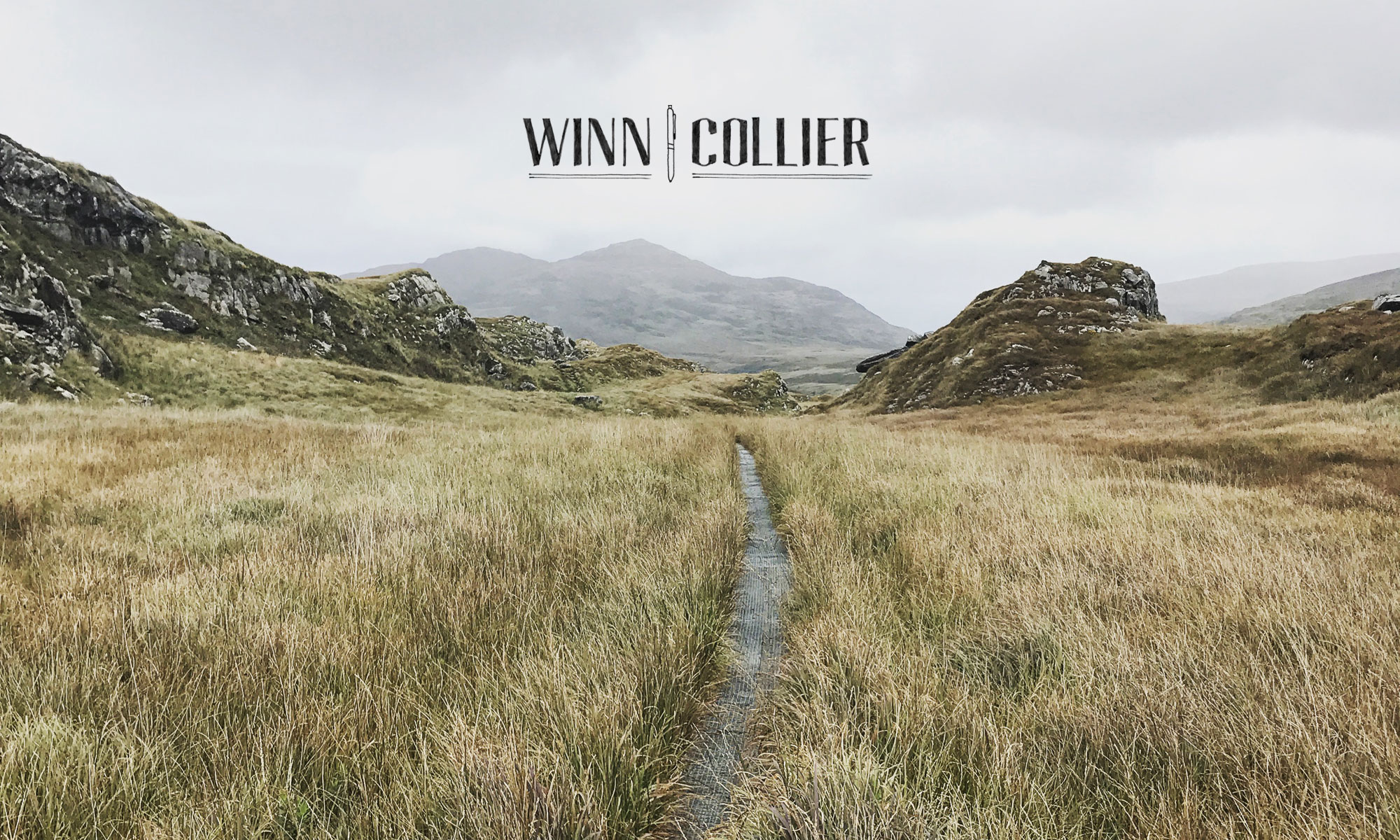One of the profound gifts discovered amid true friendship is the ability to see and be seen, to see the truth of who we are – past the frivolous fascinations, beyond our sabotaging nitwittedness, through the seasons of lethargy, estrangement or basic foolishness. Once, when I felt trapped in an undercurrent of self-disgust, Miska looked at me, clear-eyed and without even a hint of shame or distance. “Winn, you’re a better man than that.”
I believed her. For one, Miska’s proven entirely incapable of blowing BS, even if merely to make someone feel better. Miska’s a kind, generous soul, but she adheres to the school of straightforward love — Miska believes truth heals more than any lie ever could. Even more, though, I’ve learned to trust that Miska does actually see the truth, that she sees me (at least most of me). I believe Miska would say that I see her too, that love and fidelity through the long labor of love has trained me to see the truer places in her (at least most of them).
I also have a handful of friends, companions who, in various ways, see one another truly. This is one of the signs of a sturdy, weathered friendship: the capacity, as well as the commitment, to catch sight of the deep goodness in another – and to cling to that goodness even when it costs us to hold tight. I agree with the hopeful axiom Helmut Thielicke insists upon: “If there is one rule that is given to us by the command to love our neighbor, it is that we must always judge a person by his optimum and not by his failures.” We see with generosity. We see beyond the bluster or the isolation. We see the truth.
image: Massimo Valiani






